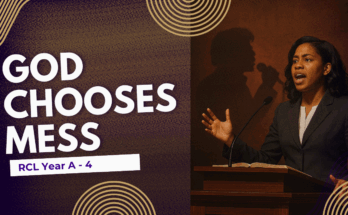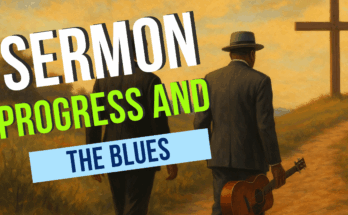As an Amazon Associate I earn from qualifying purchases.
The fundamental aspect of the memory system is to connect the thing you want to remember to your brain in a solid fashion. Tony Buzan, in his book Use Your Perfect Memory cites 2 fundamental principles that will aid you in your memory work. In our next post, we will look at the features. All of this is in anticipation of applying it to the problem of preaching without notes.
Imagination in Memory
To remember something we need to connect the thing we want to remember to our brain. There are two fundamental principles to doing that. The first is to use imagination. Perhaps the biggest problem with many who seek to remember things is that they do not make use of their imagination.
We often try to memorize dry facts or unconnected data. In addition, much of our preaching is dry and unconnected to reality because it does not make use of the imaginative abilities of the preacher, neither does it evoke the imagination of the hearer.
How does one use the imagination in preaching and memory? Well, first one can look at the text imaginatively. A good way into this is to look at it through all of your senses. I would encourage you to read my post on sensory exegesis. Taste what is happening in the text, listen to it, touch it, and smell it. Run to the father with the prodigal son. Do you feel the anticipation in the son? Do you feel the fear and hope mingled together? Do you feel the hope increase as he sees his father run to him? Do you smell the stink of the pig pen on the prodigal’s body? All of these things will bind the features of the sermon to our mind as preachers and to the mind of the congregants.
Association in Memory
The next principle of memory is association. In order to remember something, we connect it to something that we already remember in our brain.
Another mistake of those who seek to memorize things is to attempt to just memorize things unconnected. We need to first of all understand the structure of that which we are to memorize and then connect it to some structure that we already know or understand.
Preachers can use this feature by first of all understanding the structure of the sermon. And then applying that structure to something that is known in our minds. Let us say that you are attempting to memorize the historical facts behind a biblical text. What you might do is seek a parallel situation in the world that mirrors it.
Preachers often make use of this aspect of memory in illustrations. We seek to connect the Bible story to the minds of the hearers (and their memories) by comparing it to something that is in the lived experience of the hearers.
Conclusion
Good sermons make use of the two principles of memory. In addition, anything that makes use of the principles will be easier to remember for the preacher and the hearer.
A quick way to use what we have learned here is to take your main sermonic point, and every major sub point and be sure to use imagination and association in your presentation of it.
Amazon and the Amazon logo are trademarks of Amazon.com, Inc, or its affiliates.





